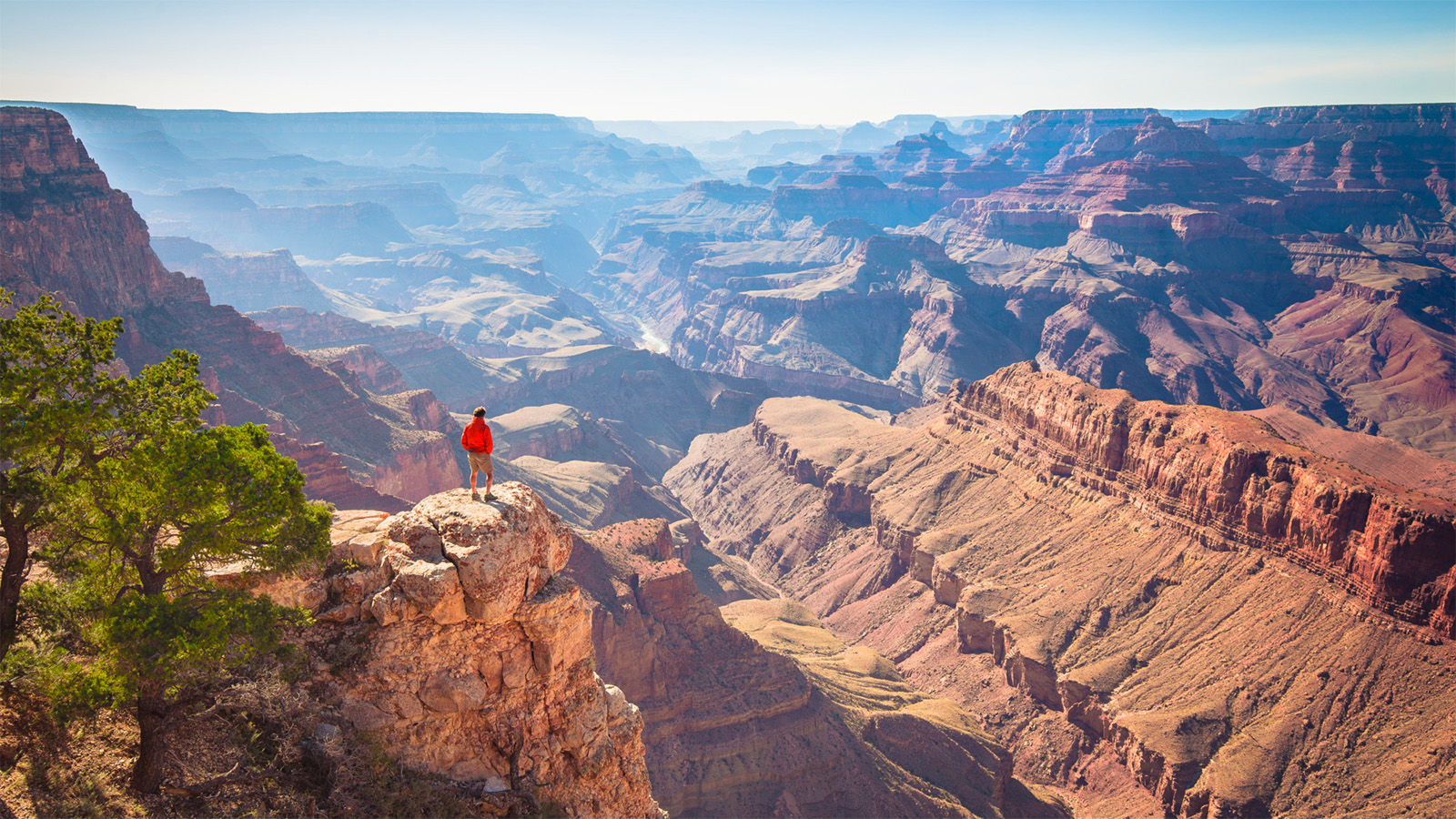
Yes, We Canyon! Welcoming a new national monument
In August, President Biden permanently protected more than 900,000 acres of land around Grand Canyon National Park from toxic uranium mining by designating America’s newest national monument.

In August, President Biden permanently protected more than 900,000 acres of land around Grand Canyon National Park from toxic uranium mining by designating America’s newest national monument.
No matter where you live, or how long ago you visited, you never forget your first glimpse of the Grand Canyon’s majestic walls; the deep hues of red, orange, yellow and green that shift by the hour; and the seemingly unfathomable distances from the rim to the canyon floor.
What you do not see are the more than 600 uranium mining claims surrounding Grand Canyon National Park, some as close as 10 miles from the park boundary.
New mining in the area surrounding the park would have brought in heavy drilling equipment to dig massive pits or pump chemicals into the groundwater. That groundwater feeds a river that supplies drinking water to 40 million Americans. Any one of the operations could leak radioactive materials into groundwater, or pollute the air with radioactive dust, threatening park visitors as well as wildlife from bald eagles and California condors to Gila monsters and desert tortoises.
For countless ecological, historical and cultural reasons, the Grand Canyon is too precious to risk the pollution that mining brings. That’s why, for more than a decade, Environment America has worked to protect it permanently from mining and other polluting and extractive activities.
Back in 2012, we helped win a 20-year moratorium on new uranium mining claims surrounding the park. A decade later, we joined the Grand Canyon Tribal Coalition to call on President Biden to establish a national monument on these threatened lands.
Mining companies and their political allies vigorously opposed new protections. But our research documented the risks of uranium mining, including contaminated water, airborne uranium dust and toxic chemicals. Our national conservation staff testified in Flagstaff, Arizona, to make the case against new mining. Our organizers helped win the support of key constituencies and earned coverage in the local and national news media. Our national network delivered petition signatures and public comments from tens of thousands of our members and supporters.
Thank you to President Biden and U.S. Secretary of the Interior Deb Haaland for designating the Baaj Nwaavjo I’tah Kukveni – Ancestral Footprints of the Grand Canyon National Monument.
And congratulations to the tribes, our conservation community allies, outdoor business leaders, and more who came together to help keep the Grand Canyon safe from dirty and dangerous uranium mining forever.
Topics
Author
Wendy Wendlandt
Senior Vice President and Political Director, The Public Interest Network; President, Environment America
As president of Environment America, Wendy is a leading voice for the environment in the United States. She has been quoted in major national, state and local news outlets for nearly 40 years on issues ranging from air pollution to green investing. She is also a senior vice president with The Public Interest Network. She is a founding board member of Green Corps, the field school for environmental organizers, and Green Century Funds, the nation’s first family of fossil fuel free mutual funds. Wendy started with WashPIRG, where she led campaigns to create Washington state’s model toxic waste cleanup program and to stop the nation’s first high-level nuclear waste dump site. She is a 1983 graduate of Whitman College. She lives in Los Angeles with her husband and dog and hikes wherever and whenever she can.
Find Out More

Why environmentalism is conservative

Bank of America said it would stop financing drilling in the Arctic Refuge. Now it’s backtracking.

Endangered species can’t wait for protection

